Max Baillie shares the inspiration behind a programme centred on Bach’s lesser known and performed Partita, exploring the work’s multi-layered celestial writing via a team of improvisers and collaborators

Discover more Featured Stories like this in The Strad Playing Hub
If we were to place Bach’s music on a cosmic arc between Heaven and Earth, some of it looking down on us below, some of it earth-bound and facing skyward, some of it dancing somewhere between…then where does his B minor Partita for solo violin go?
Through the Stargate is a reference to Kubrick’s film 2001: A Space Odyssey, where astronaut Dave ends up spat out the back end of a black hole. He finds recognisable things but not in familiar form, and it’s certainly a very disjunct and strange place in which he’s arrived. As a Bach obsessive I’ve often imagined what Bach might sound like through such an intergalactic portal. So I put together a programme centred around the Bach B minor Partita for my series St Leonards Concerts in my south coast hometown. This piece is a perfect vehicle for interstellar exploration at it’s already deeply celestial. And in order to shed new light on its place in the cosmos I’ll be collaborating with three of the UK’s leading improvisers: sax players Jason Yarde, Josephine Davies, and Tamar Osborn, who together make the trio JATAJ.
The idea of Bach as a bridge between the divine and earthly is one I find compelling. Even in his secular music the divine is a powerful presence, and the solo works for violin and cello are fascinating in that although they are made up primarily of dances, that is, implicitly human movement, they also contain something other-worldly. (What’s to say, after all, that angels don’t dance?) Alongside the rustic gigues and bourrées they contain a deeply spiritual side. They embrace both spheres, but each piece in a different way. Ever since I first heard the lesser known B minor Partita for solo violin I was smitten. Partly because of how difficult it was, not only to play but for the listener, which is why it’s less-often performed than some of the others. I started to learn it and it got under my skin, and for a time I played it often, including for a solo all Bach recital at the City of London Festival in 2015.
Watch Max perform the B minor Partita here:
One thing that makes it unique from all the other eleven solo works for violin and cello is that Bach writes a kind of mirror image for each movement, a ‘Double’. These doubles follow the same underlying harmony as the movement from which they are birthed, but are figuratively quite different, mostly written with an even flow of notes, rather than, say, a continuation of the dotted rhythms of the Allemande. One has the sense that, as an evolution from the already dense and abstract parent movements, these doubles are a step further towards an abyss.
Why do the original Allemande, Courente, Sarabande, and Bourrée sound so abstract to begin with? One reason is that they are harmonically very dense, and even when the music is slow the harmonies are shifting sometimes every beat, ever searching, ever thinking. Another reason is that the melodies aren’t exactly catchy. They are mostly embedded in different registers of the fiddle, weaving in and out of one another and often with extreme leaps in a multi-layered constellation: true contrapuntal magic that only Bach could dream up. This is a kind of music that seems to be not really of the violin, but just uses it as its vessel. The challenge and invitation to capture this polyphony is partly what drew me to this mystical piece. In fact, I was inspired to write some modernist ‘triple’ movements of my own: again based on the same original harmony but as though stepping even further into abstraction and hearing the Bach through a prism of modernity.
This is a kind of music that seems to be not really of the violin, but just uses it as its vessel
The transmogrification of Bach is something that’s occupied musicians from many parts of the world for a long time, and I’ve been inspired in that vein myself: I arranged a Bach chorale for string quartet in the style of Anton Webern miniatures, and as guest director of Scottish Ensemble a few years ago workshopped a semi-improvised version of a chorale, again turning it into contemporary music with still audible shimmers of the original.
Max performs Bach into abstraction - the B minor Partita ‘Triple’:
One of my own regular projects, Lodestar Trio with Scandinavian folk musicians Erik Rydvall and Olav Mjelva, was founded around the idea of Bach as fiddle tunes, emphasising the bubbling motor-rhythm it shares with much folk music. This idea even goes back to the very origins of music in the Bach family: there’s a passage in the book Ursprung (Origins) which was edited by Johann Sebastian himself in which these origins are described. It tells how his great uncle Veit Bach was a Lutheran refugee from Hungary and a bread baker who used to play a cithrinchen (a kind of cittern played with a plectrum) while the mill was grinding his flour: ‘A pretty noise the pair of them must have made! However, it taught him how to keep time, and that apparently, is how music first came into our family.’ So the idea of different forms and styles of music, and the image and motor-rhythm of a flour mill as duetting with music is there right from the beginning!
So when I heard the saxophone trio JATAJ do a set of free improvisation, magic for its multi-phonic richness and beautifully textured, obscure harmony, I wanted to programme a collaboration with the B minor Partita as the centrepiece. The trio could offer a bridge to another sonic dimension inspired by the original Bach, continuing the journey begun in Bach’s own mirror movements and taking the baton I offer in my modernist ‘triples’.
This Sunday 1 September we will enter the magical acoustic of Christ Church St Leonards and tie together these different Bach threads with a narrative made up of these different elements: the original with Bach’s own mirror movements, my ‘triples’, and JATAJ’s devised and improvised responses. The narrative won’t be a linear one, as that feels too obvious. But the contrast between the different styles will be our own response to the elusive and esoteric piece for solo violin that is the B minor Partita, and in so presenting it, will hopefully also shed new light and a modern perspective on music that was penned some three centuries ago.
Where will the result sit in the cosmic arc between heaven and earth? Maybe somewhere towards the dark side of the moon…! Stay tuned for some future recordings, which I hope to share soon.
With support from the Hinrichsen Foundation, Max Baillie’s Through the Stargate programme will be performed at St Leonards Concerts on Sunday 1 September 2024 at 5pm, Christ Church St Leonards. Find out more here.
Read: TANGO and beyond: Max Baillie on running a concert series in St Leonards-on-Sea
Read: Why you shouldn’t practise Suites and Partitas with a metronome: Ulrich Heinen
Discover more Featured Stories like this in The Strad Playing Hub
The number one source for playing and teaching books, guides, CDs, calendars and back issues of the magazine.
In The Best of Technique you’ll discover the top playing tips of the world’s leading string players and teachers. It’s packed full of exercises for students, plus examples from the standard repertoire to show you how to integrate the technique into your playing.
The Strad’s Masterclass series brings together the finest string players with some of the greatest string works ever written. Always one of our most popular sections, Masterclass has been an invaluable aid to aspiring soloists, chamber musicians and string teachers since the 1990s.
American collector David L. Fulton amassed one of the 20th century’s finest collections of stringed instruments. This year’s calendar pays tribute to some of these priceless treasures, including Yehudi Menuhin’s celebrated ‘Lord Wilton’ Guarneri, the Carlo Bergonzi once played by Fritz Kreisler, and four instruments by Antonio Stradivari.



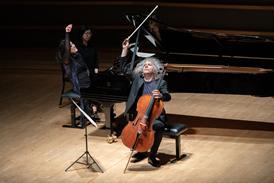

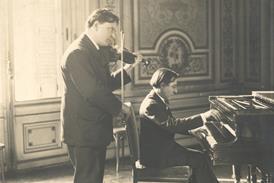
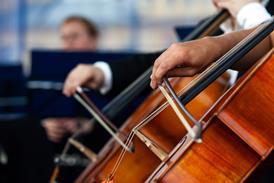

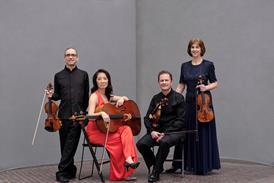





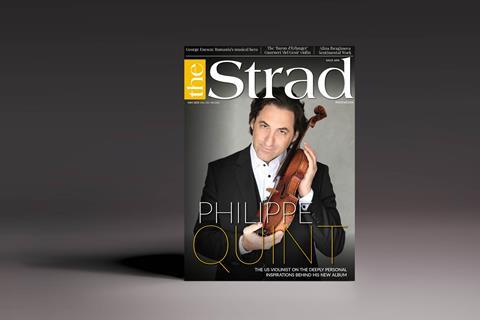




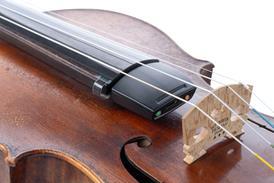

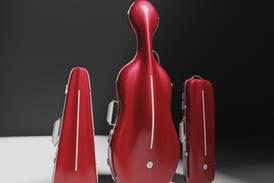















No comments yet